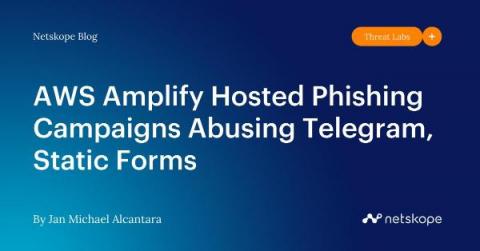Former contractor accused of remotely accessing town's water treatment facility
A federal grand jury has indicted a former employee of a contractor operating a California town's wastewater treatment facility, alleging that he remotely turned off critical systems and could have endangered public health and safety. 53-year-old Rambler Gallor of Tracy, California, held a full-time position at a Massachusetts company that was contracted by the town of Discovery Bay to operate its water treatment plant.









